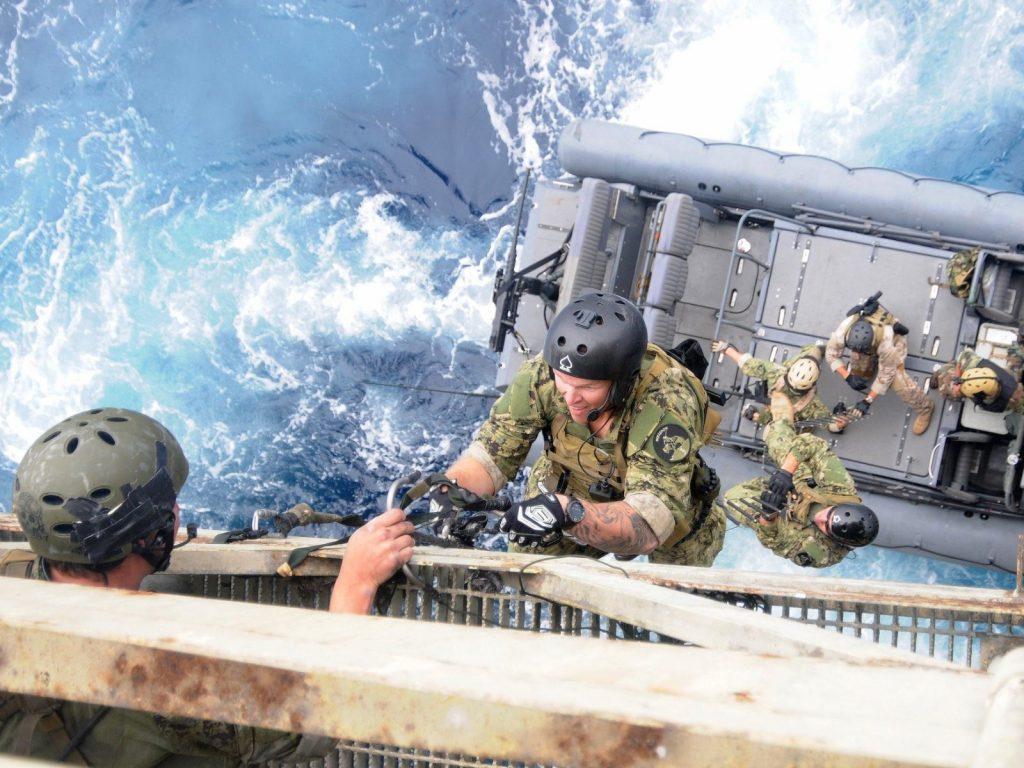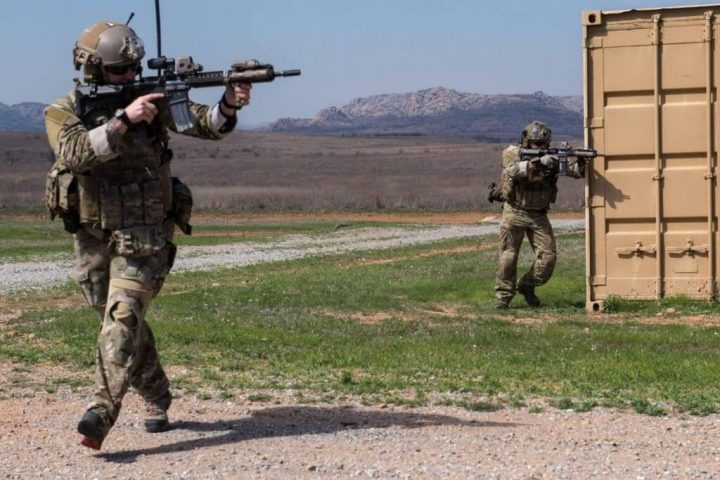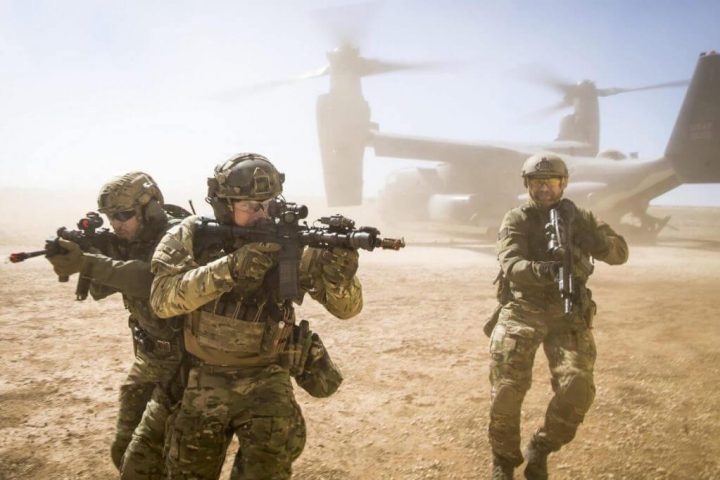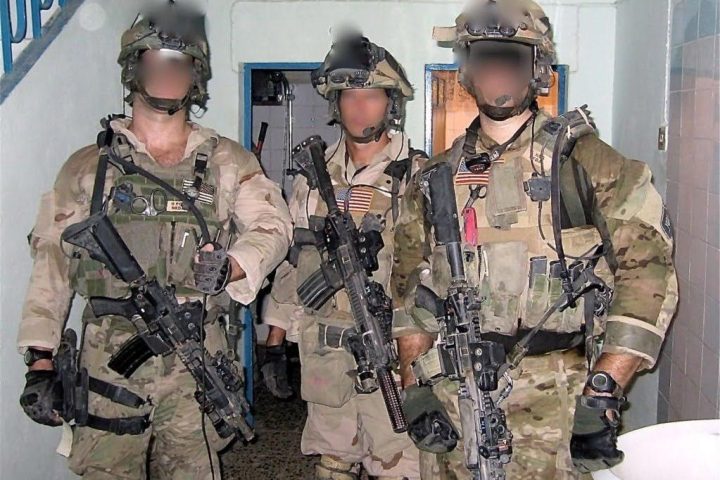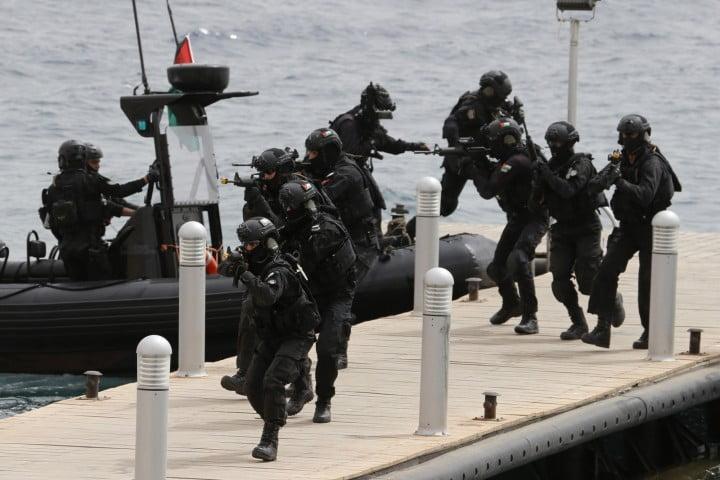The United States Special Operations Command (USSOCOM or SOCOM) is a unified combatant command of the U.S. military responsible for overseeing all special operations forces. The headquarters of USSOCOM is located at MacDill Air Force Base in Tampa, Florida.
History
USSOCOM was established on April 16, 1987, in response to a growing need for a unified command to oversee the various special operations forces within the U.S. military. The Department of Defense formed it to unify units scattered throughout the military’s various branches, lacking a centralized command structure, and their effectiveness and efficiency were limited. The establishment of USSOCOM allowed for better coordination and integration of these units, improving their effectiveness and efficiency.

For the first time, those units got a higher profile within the military, as they were now under the command of a four-star general or flag officer who reported directly to the Secretary of Defense. This increased recognition and support for special operations forces, allowing them to carry out their important missions better.
Through the years, USSOCOM has played a critical role in supporting national security objectives and has been involved in a wide range of special operations missions, including direct action, special reconnaissance, counterterrorism, and unconventional warfare. It continues to be a vital component of the U.S. military, providing specialized capabilities to combatant commanders worldwide.
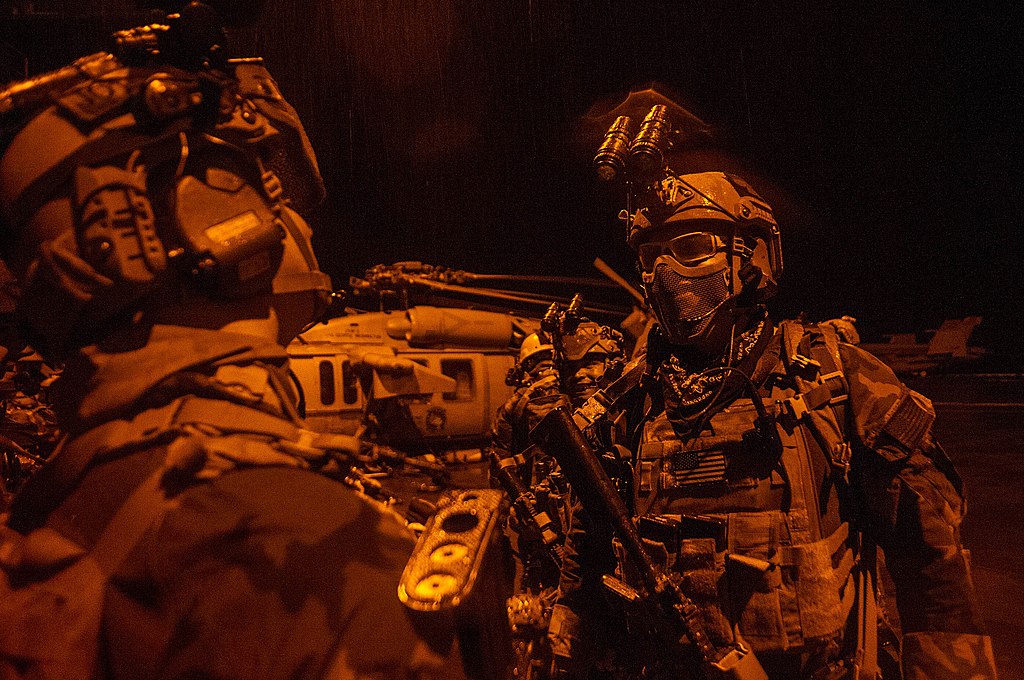
USSOCOM is responsible for overseeing the operations of all special operations forces within the U.S. military. USSOCOM works closely with other military commands and government agencies to carry out its mission. In other words, they provide specialized capabilities to support national security objectives.
Such work requires highly trained and equipped units to operate in these conditions. The command is also responsible for providing specialized training and support to other military units and allies, helping to improve the capabilities of special operations forces around the world.
Components
USSOCOM has a number of component commands without any subordinate commands. These include:
- Joint Special Operations Command (JSOC)
- Naval Special Warfare Command (NAVSPECWARCOM)
- Air Force Special Operations Command (AFSOC)
- Marine Corps Forces Special Operations Command (MARSOC)
All of these components have their responsibilities, such as the training, organization, and employment of their respective special operations units. They work closely with USSOCOM to ensure that these units are prepared to conduct a wide range of special operations missions.
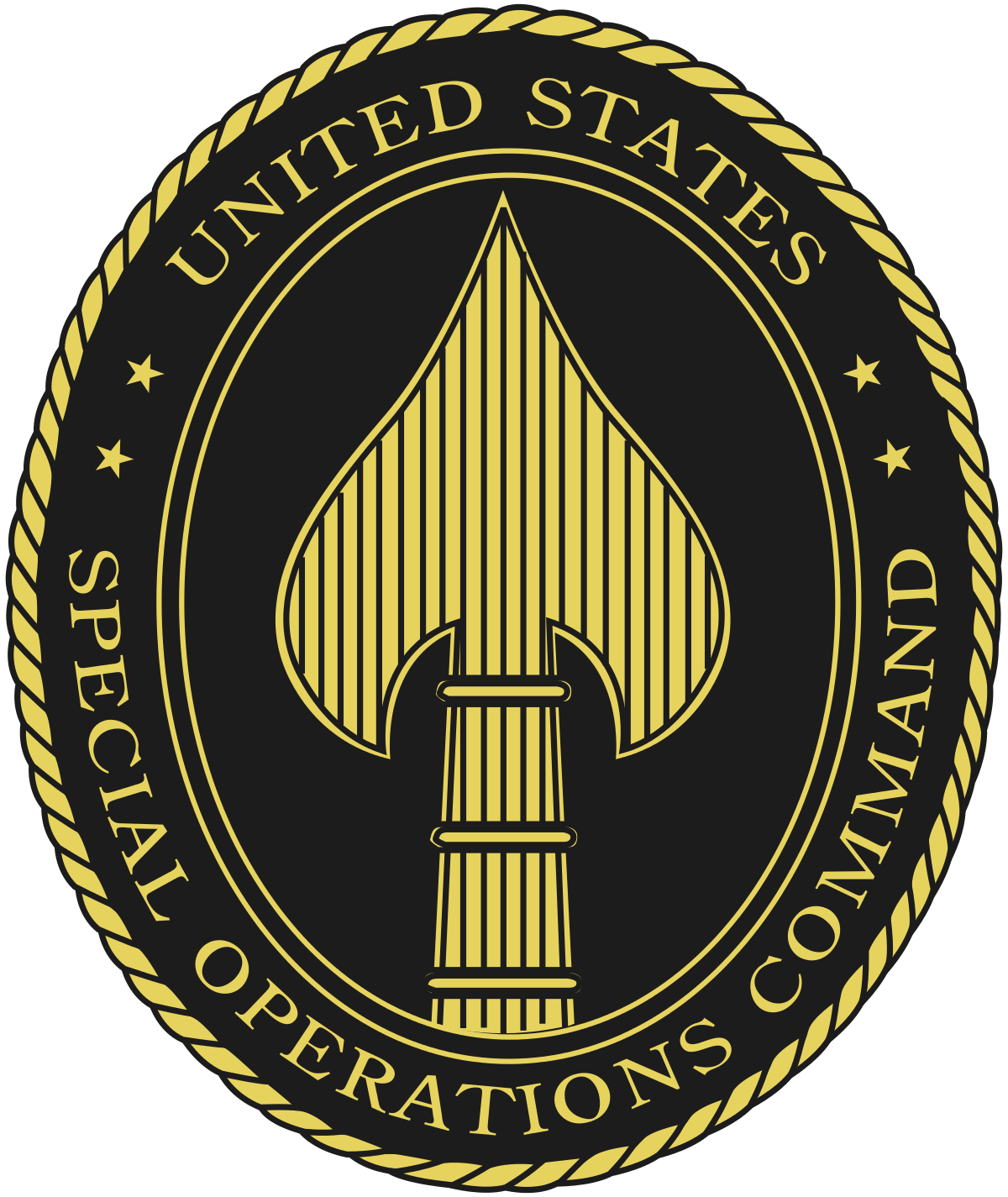
Commanding hierarchy
The commanding structure in USSOCOM is pretty straight. At the top is a four-star general or admiral, who serves as the command commander and is responsible for its daily operations. Below the commander, several two-star deputy commanders are responsible for various areas of special operations, such as maritime operations, special operations forces training, and joint operations. These deputy commanders report directly to the commander of USSOCOM.
Units
The United States Special Operations Command (USSOCOM) oversees the operations of all special operations forces within the U.S. military. This includes the following units:
- CAG, Delta Force
- DEVGRU, Seal Team 6
- 24th Special Tactics Squadron
- Army Special Forces (Green Berets)
- 160th SOAR (A)
- Army Rangers
- Army Special Operations Aviation Command (SOAC)
- Army Civil Affairs and Psychological Operations Command (USACAPOC)
- Navy SEALs
- Navy Special Warfare Combatant-craft Crewmen (SWCC)
- Air Force Special Operations Command (AFSOC)
- Marine Special Operations Command (MARSOC)

Operations
The United States Special Operations Command (USSOCOM) has been involved in a wide range of special operations missions since its establishment in 1987. Some of the most notable USSOCOM operations include:
- Operation Desert Storm: USSOCOM units played a critical role in the 1991 Gulf War, conducting special operations missions to disrupt Iraqi military command and control, gather intelligence, and assist in searching for Scud missiles.
- Operation Gothic Serpent: In 1993, USSOCOM units were deployed to Somalia as part of a U.N. peacekeeping mission. However, the mission turned into an intense firefight, known as the Battle of Mogadishu, which resulted in the deaths of 18 U.S. soldiers and became the subject of the book and movie Black Hawk Down.
- Operation Neptune Spear: In 2011, USSOCOM units conducted a daring raid on a compound in Abbottabad, Pakistan, that resulted in the death of Osama bin Laden, the leader of the terrorist group Al-Qaeda.
- Operation Inherent Resolve: Since 2014, USSOCOM units have been deployed to Iraq and Syria as part of the international coalition to defeat the terrorist group known as ISIS. These units have conducted various special operations missions, including advising and assisting local forces, conducting raids and airstrikes, and providing humanitarian assistance.
These are just a few examples of the many special operations missions in which USSOCOM has been involved.


